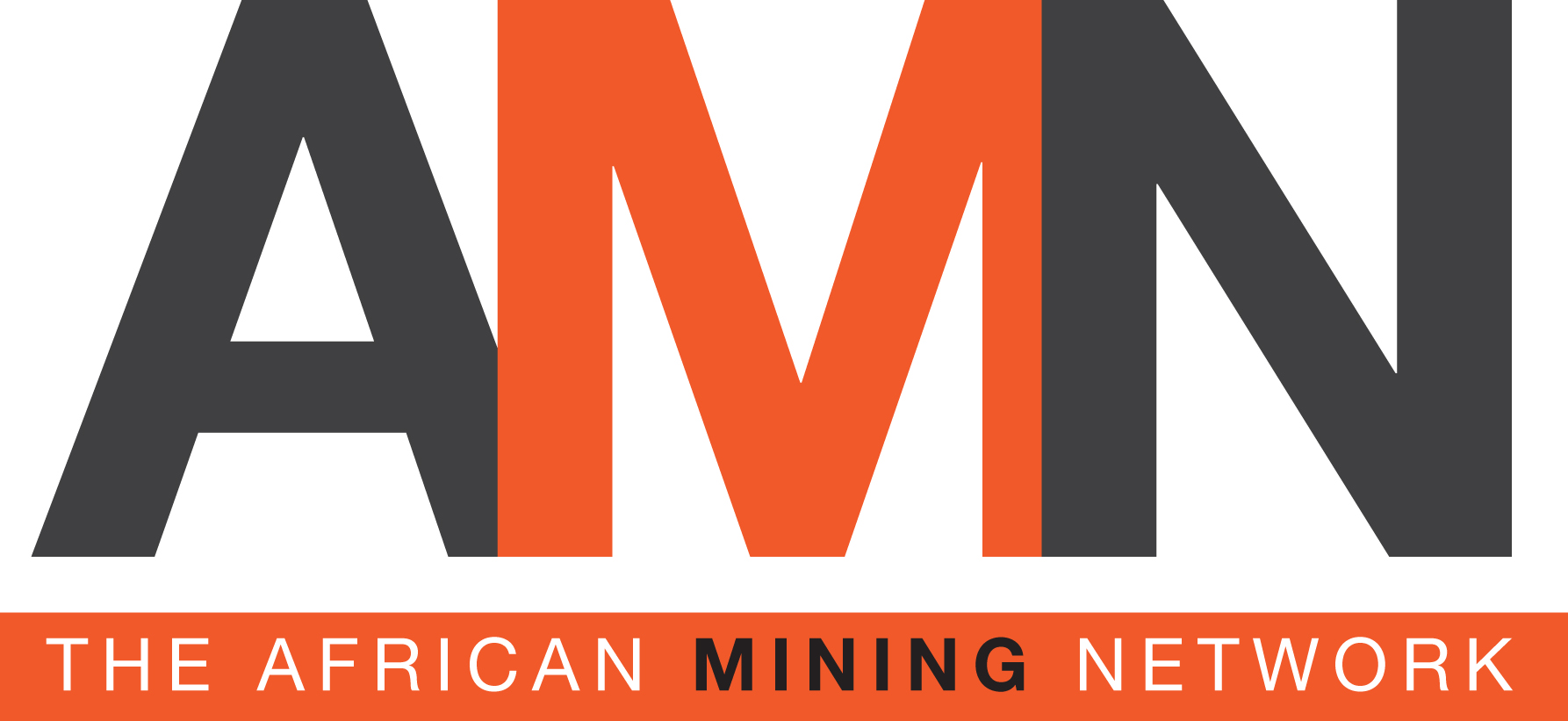- Yolanda Torrisi
- +61 412 261 870
- yolanda@yolandatorrisi.com
- Nina van Wyk
- +27 82 926 3882
- nina@africanminingnetwork.com
The giant Kibali gold mining complex in the DRC will remain a work in progress until its underground mining component is completed towards the end of 2017 but in the meantime its management is making significant progress in dealing with transitional challenges, Randgold Resources Chief Executive Mark Bristow said recently.
Speaking at a regular briefing, Mark Bristow said that, as anticipated, the complexity of dealing with multiple ore types from different sources had affected throughput, recovery and grade in the first half of the year. This issue was being resolved, however, and management had taken measures and revised the mine plan to keep Kibali on course to meet its plus-600,000 oz production target for the year.
“Development of the underground mine is on track and the shaft is currently being integrated with the decline section. Commissioning is scheduled for July 2017. In the meantime, the team is also focusing on opening two high-grade satellite pits in 2016 and 2017 which will greatly improve operational flexibility,” he said.
“Elsewhere on site, construction of the Ambarau hydropower station is back on track and is expected to start generating electricity in the fourth quarter of this year. Work is already under way on Azambi which will be Kibali’s third hydropower station. “Notwithstanding the operational challenges, management has continued to focus on developing a team consisting entirely of host country nationals, as at our other mines, as well as building up a strong corps of local contractors and suppliers. It is also maintaining the emphasis on Kibali’s community programmes, ranging from capacity building to agribusiness start-ups.
“During my recent motorbike trip through the DRC as part of Randgold’s Boyzonbikes fundraising safari, it became clear to me that the country faces many challenges, as does Kibali which is a real factor in the Congolese economy. I was encouraged, however, by the very positive vision of the DRC’s future which has been presented by the President. An investor-friendly regime is essential for the development of the economy in general and the mining industry in particular. As for Randgold, we continue to expand our footprint in the DRC, most recently through the Ngayu and Moku joint ventures,” Mark Bristow said.
Kibali comprises 10 permits covering an area of about 1836 sqkm in the Moto goldfields of the north east DRC, some 560 km northeast of the city of Kisangani and 150 km west of the Ugandan border town of Arua. Kibali is a joint venture between Randgold (45%), AngloGoldAshanti (45%) and the Congolese parastatal SOKIMO (10%).
The project is operated by Randgold Resources and represents an investment of more than $2.5 billion by the partners.
Kibali comprises an integrated open pit and underground operation as well as a 7.2 million tonnes/year processing plant. The mine poured its first gold in September 2013 from open pit mining and is currently developing the underground mine via twin declines and a vertical shaft, with the handover of the vertical shaft scheduled for 2017. The project will ultimately be supplied by four hydropower stations supported by a thermal power station for low rainfall periods and as back-up.
With a reserve base at 11.6 Moz and still growing, it ranks as one of the largest gold mines in Africa.
www.randgoldresources.com ;www.anglogoldashanti.com
News courtesy of International Mining

